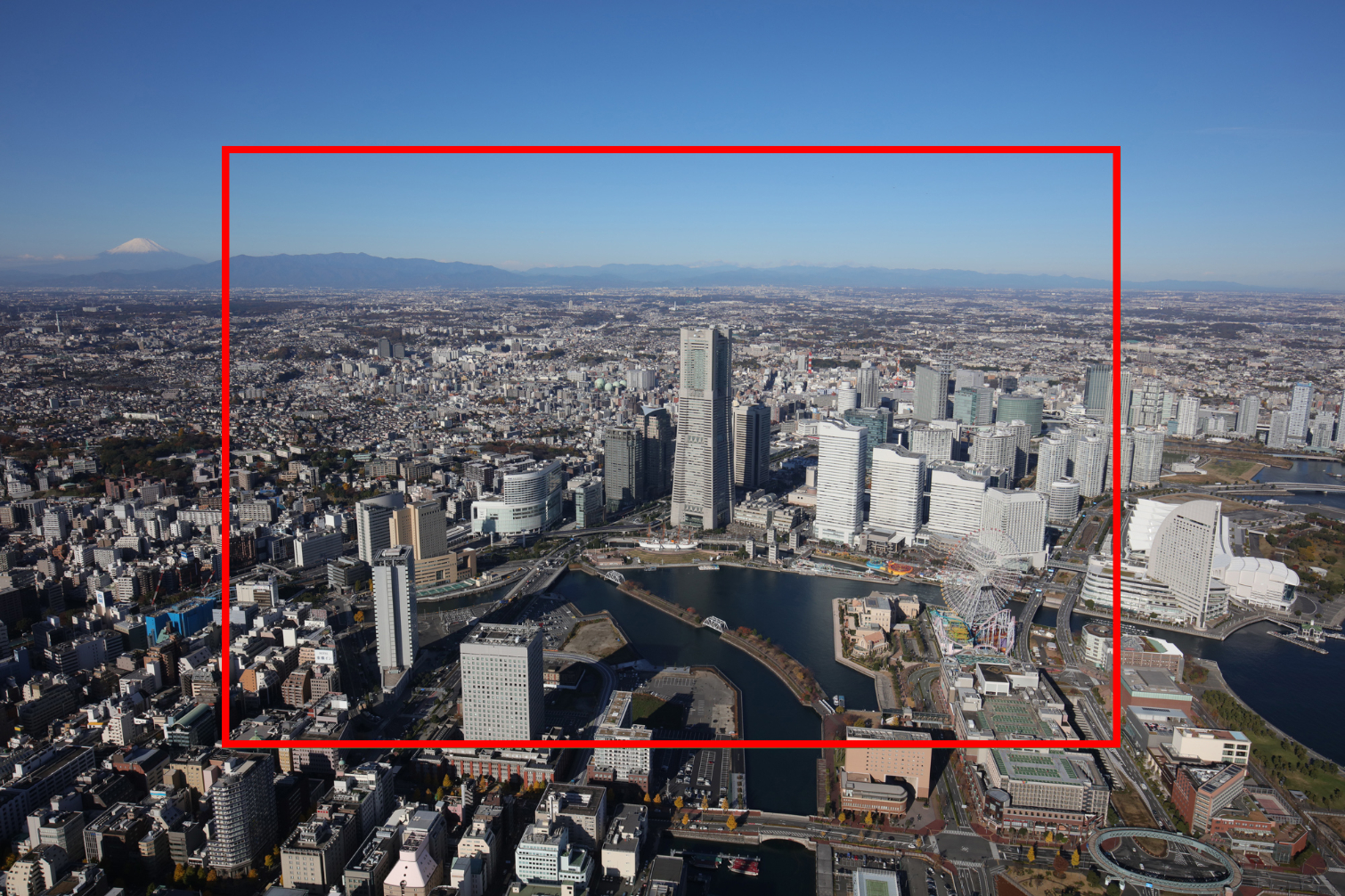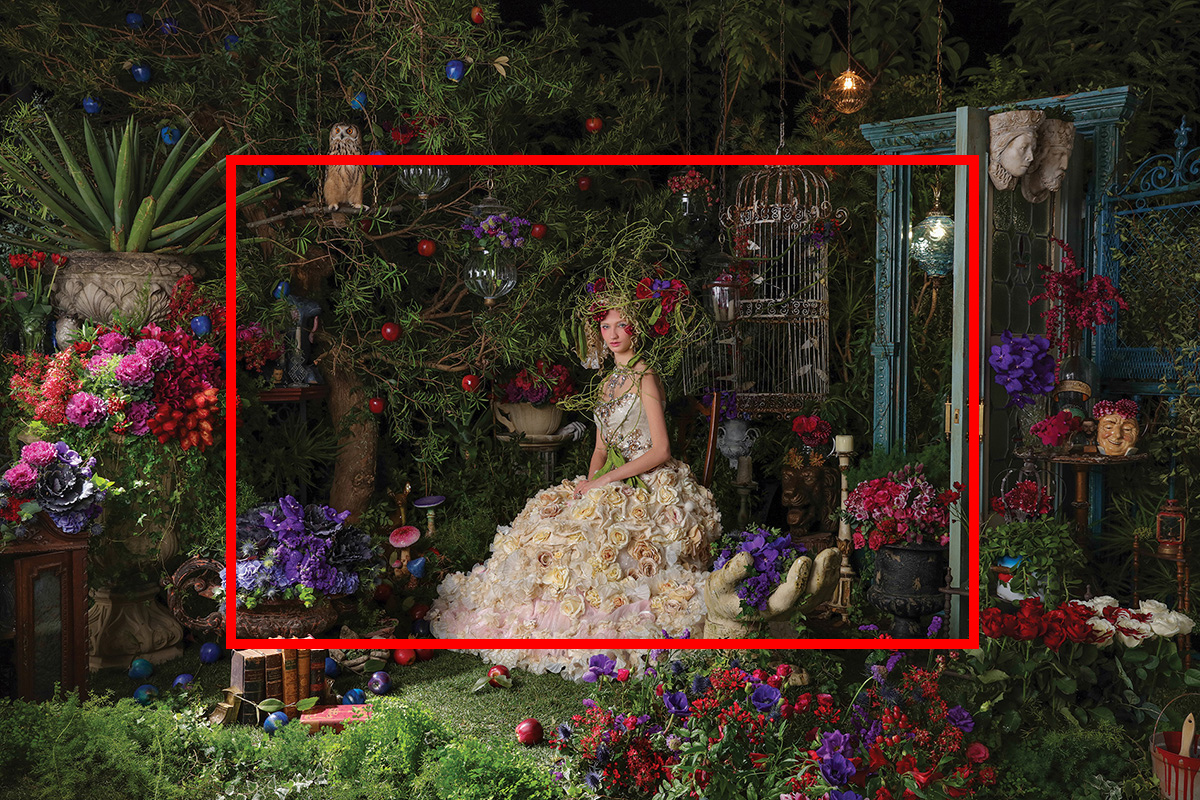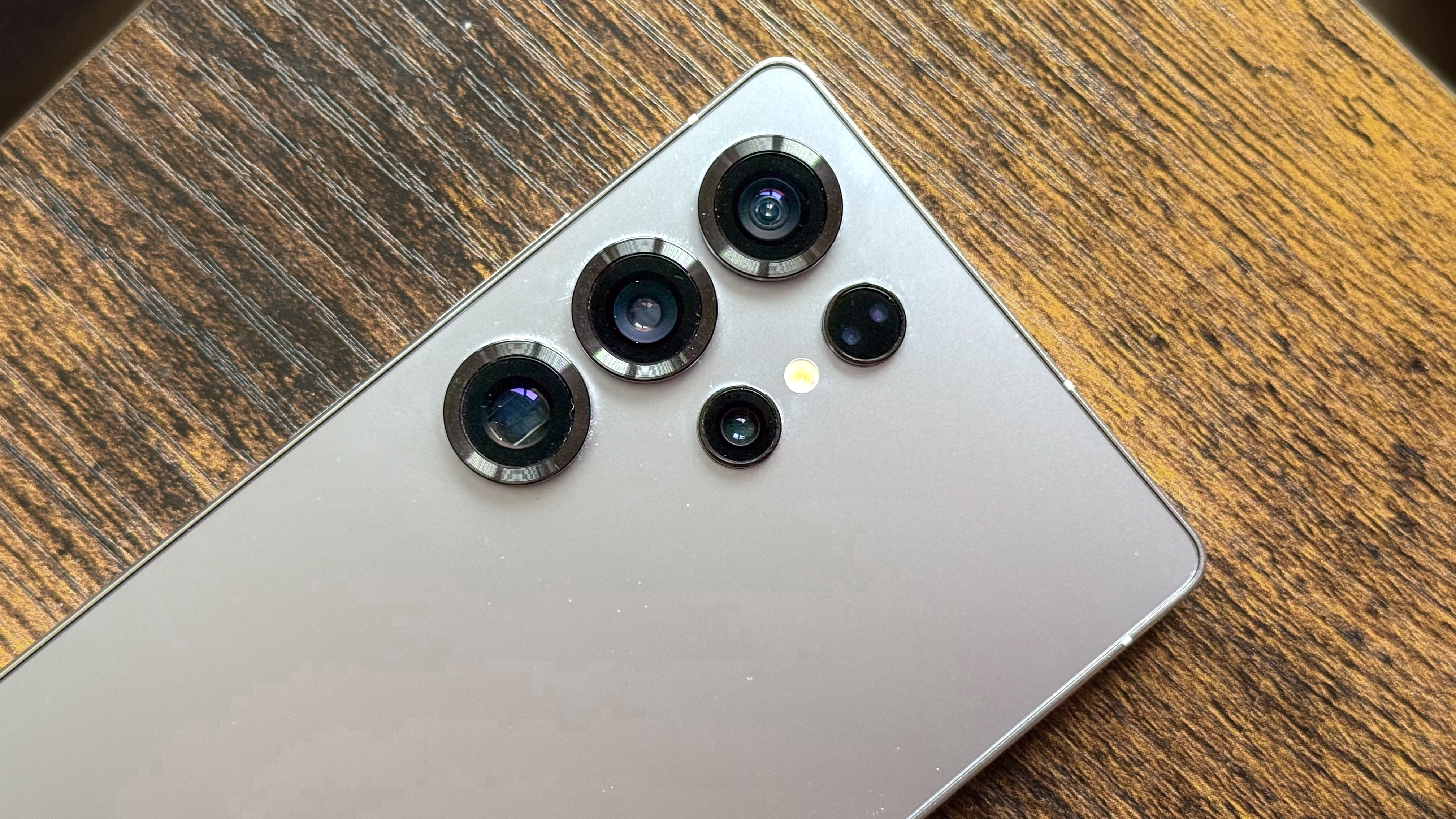Canon Lens List 2018: Full-Frame and APS-C (Crop) Lenses
Canon's DSLRs use two sensor sizes: full-frame and APS-C. The focal length of your lens depends on which type of camera you attach it to.

Introduction
Canon's DSLRs come in a huge range of prices, from the $400 EOS Rebel T5 to the $850 EOS M6 Mark II and, right at the top end, the $6,000 EOS-1D X Mark II. One of the factors that determines price is the size of the sensor. Canon's top cameras use a sensor about the size of a 35mm film frame in old cameras. However, most of Canon's DSLRs use a smaller sensor, with the jargony name Canon APS-C. (It's 38 percent the size of a full-frame sensor, but still huge compared to what your cellphone has.)
The camera's sensor size determines how images look. For any given lens, cameras with larger sensors capture wider-angle images; those with smaller sensors capture more zoom. Here's how that works and what it means for the lenses you buy.
MORE: Best DSLR Cameras
How sensor size determines zoom
In Canon cameras with a full-frame sensor, the lens projects the full width of what it captures onto the sensor. But it can project only the center portion of what it captures onto a smaller APS-C sensor. It's as if you took the full-frame image and cropped off the edges, thereby zooming in to the narrower portion in the center of the image.
The zoom you get when using a smaller sensor is called the crop factor, calculated as the diagonal measure of the full-frame sensor divided by the diagonal of the APS-C sensor. For Canon cameras, this comes out to 1.60. So, switching a lens from a full-frame to an APS-C Canon camera is like zooming in 60 percent more.

MORE: How many megapixels do you really need?
Crop factor and lenses
The amount of zoom a lens provides depends on its focal length. Measure, in millimeters, from the sensor to a key portion of the lens (which is rather technical to get into here). The longer the focal length, the more zoom you get. Let's start with a 50mm lens on a full-frame camera. This provides roughly the same view on the world that your own eyes do. Go down to 35mm focal length, and you get a wider view than you would on your own. Go up to about 200mm, and things look much closer than in real life — which comes in handy for photographing wildlife without getting hurt.
Now, put the same lenses on a Canon DSLR with the smaller sensor that produces a 1.6 crop factor. Your 35mm lens acts like a 56mm lens (35mm x 1.6 crop factor). Now, a 35mm lens is the one that approximates how you see the world. Meanwhile, that 20mm lens is acting as if it were a 32mm lens on a full-size sensor. For any given lens, you will always get a wider-angle image on a full-frame sensor camera, but you will always get more zoom on a camera with a smaller sensor. That 200mm lens acts like a 320mm lens when you go to a smaller sensor.

What lenses should I buy?
Your first decision in shopping for Canon gear is to consider your budget. Canon cameras with the smaller, APS-C sensors start at $400. Those with full-frame sensors range from about $1,500 to $6,000.
Canon's "EF" series lenses, which include all of its premium models, fit both DSLR types. However, Canon also makes a line of lenses called "EF-S" that are smaller and cheaper but fit only the cameras with smaller sensors. If you upgrade to a full-frame camera and all you have are EF-S lenses, you'll have to start all over again.
So what should you do? Canon's budget cameras typically come with a big discount on its "kit" lens for small sensors — the EF-S 18-55mm f4-5.6 IS STM lens. It's quite good for the price and worth getting for a starter lens. As you expand your collection, you can start with some great budget EF lenses that fit both DSLR types. These include the EF 50mm f/1.8 II, known affectionately as the "nifty-fifty," which sells for about $125. Another favorite is the EF 70-200mm f/4L USM Telephoto Zoom selling for $600 or so.
If you are on a budget (and who isn't?) and new to DSLRs, start with the 18-55mm kit lens to get a feeling for what and how you like to shoot, and how much money you'll be prepared to invest. Then, you can think about if, and how, you'd like to grow your gear collection.
- 1
- 2
Current page: Canon Lens List 2018: Full-Frame and APS-C (Crop Factor) Lenses
Next Page Canon Lenses: Crop Factor Conversion ChartSign up to get the BEST of Tom's Guide direct to your inbox.
Get instant access to breaking news, the hottest reviews, great deals and helpful tips.
Sean Captain is a freelance technology and science writer, editor and photographer. At Tom's Guide, he has reviewed cameras, including most of Sony's Alpha A6000-series mirrorless cameras, as well as other photography-related content. He has also written for Fast Company, The New York Times, The Wall Street Journal, and Wired.
